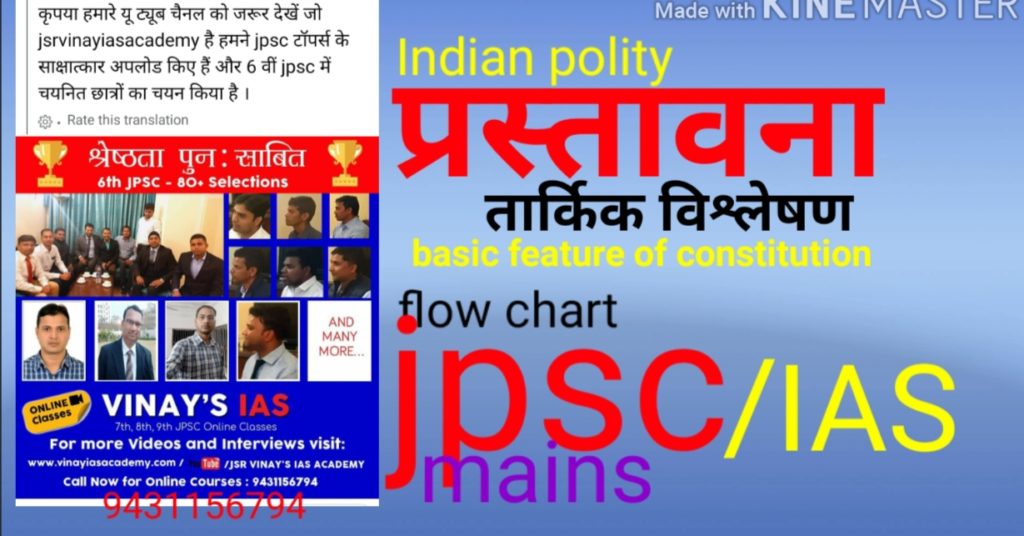🔸️ North east monsoon (season of Retreating monsoon).
the northeast monsoon is as permanent a feature of the Indian subcontinent’s climate system as the summer monsoon.
The India Meteorological Department recognises October to December as the time for the northeast monsoon.
During this period, rainfall is experienced over Tamil Nadu, Kerala, and Andhra Pradesh, along with some parts of Telangana and Karnataka.
During summer in the southern hemisphere, the ITCZ shifts southwards.as a result, a high pressure belt emerges over land and a low pressure belt emerges over sea.the winds start blowing from land to sea. These winds blow from the north-east direction and are called the north east monsoon winds.as the north east winds blow from land .these winds are dry.
North east monsoon starts retreating from Western Rajasthan by the first week of September. By mid December ,the monsoon completely withdraws from the mainland . the weather becomes dry across India . during the Retreat of monsoon ,Tamil Nadu coast receives rainfall.
The Northeast monsoon winds are also highly regarded as a Retreat of monsoon. thiese wind blow in the opposite direction of the Southwest monsoon winds .The Tamil Nadu coast receives rainfall because retreating winds pass over the Bay of Bengal and gather moisture. when the wind reached the coast of Tamilnadu, these winds cause rainfall.

🔸️ Upper air circulation or Jet stream.
The polar jet stream is formed by the deflection of upper air winds by coriolis acceleration (see Figure 7q-3 below). It resembles a stream of water moving west to east and has an altitude of about 10 kilometers. Its air flow is intensified by the strong temperature and pressure gradient that develops when cold air from the poles meets warm air from the tropics. Jet streams are the product of two factors: the atmospheric heating by solar radiation that produces the large-scale Polar, Ferrel, and Hadley circulation cells, and the action of the Coriolis force acting on those moving masses. The Coriolis force is caused by the planet’s rotation on its axis. On other planets, internal heat rather than solar heating drives their jet streams. The Polar jet stream forms near the interface of the Polar and Ferrel circulation cells; the subtropical jet forms near the boundary of the Ferrel and Hadley circulation cells.
Jet streams are the winds blowing in the upper atmosphere at the height of 8 to 13 kilometre.two Jet streams effect India India’s climate:

- Westerly jet stream:
During winters ,westerly jet stream blows from west to east at a very high speed over the subtropical zone. the jet stream is bifurcated by the Himalaya ranges .the northern branch of this jet stream blows along the northern edge of the Himalaya range. the southern branch blows to the south of Himalaya ranges along 25°N latitude.
The western disturbances bring winter rain, providing much-needed moisture for winter crops, hail Storms in North western Plains, and occasional heavy snowfall in hilly regions. the amount of rainfall brought by western disturbances reduced from west to east and from north to south.
It is believed that this branch of jet stream exercises a significant influence on the winter weather condition over India .this jet stream is responsible for bringing Western disturbances from the Mediterranean region into the Indian subcontinent .Western disturbances are extra-tropical storms originating in the Mediterranean region, which bring sudden winter rain to the North Western parts of the Indian subcontinent. winter rains are non monsoon precipitation driven by the westerly jet stream.
Www.vinayiasacademy.com
2.easterly jet stream.
The easterly jet streams Sterrs the cyclonic depression into India .the cyclonic depression brought by the easterly jet stream causes rainfall in Peninsular India. the easterly jet stream affect the peninsular region of India during summer months.during summer, due to the Apparent shift of the sun in the Northern hemisphere ,the reversal in the upper air circulation takes place .the westerly stream is replaced by the easterly jet stream. - LOCAL WINDS.
Local winds occur on a small spatial scale, their horizontal dimensions typically
several tens to a few hundreds of kilometres. They also tend to be short-lived
lasting typically several hours to a day. There are many such winds around
the world, some of them cold, some warm, some wet, some dry. There are many
hazards associated with the winds.
▪︎Loo :
The Loo is a strong, dusty, gusty, hot and dry summer wind from the west which blows over the western Indo-Gangetic Plain region of North India and Pakistan.
Since it causes extremely low humidity and high temperatures, the Loo also has a severe drying effect on vegetation leading to widespread browning in the areas affected by it during the months of May and June. During summer ,dry and hot wind blow in the ITCZ belt over northern plains. These winds are called “loo”.loo brings temporary relief from hot weather and these winds may bring light rain and even cool Breeze .loo takes place before the emergence of monsoon.
▪︎ Mango showers:
Mango showers is a colloquial term to describe the occurrence of pre-monsoon rainfall. Sometimes, these rains are referred to generically as ‘April rains’ or ‘Summer showers’. They are notable across much of South and Southeast Asia, including .India and Cambodia.In southern Asia, these rains greatly influence human activities because of the control the rains have on crops that are culturally significant like mangoes and coffee. Sometimes these rains are called summer shower for pre monsoon showers .these Rains normally occur from March, although their arrival is often difficult to predict.their intensity can range from light shower to heavy and Presistent thunderstorms - Pre monsoon showers are common especially in Kerala ,Karnataka ,and parts of Tamilnadu in India.
- that help in the early ripening of mangoes and others called mango showers.
▪︎Norwesters :
Nor’westers or the Kalbaishakhi is mostly referred in Odisha or Bordoisila or Bardoli Chhera an isolated rain fall and thunder storm which occurs in India and Bangladesh, often with violent hurricane-speed winds. If given enough moisture and convection currents, it can even take the form of tornadoes .These generally occur just before sunset or just few hours after it, when thick dark black clouds start appearing over the South Western sky and then bring gale-speed wind with torrential rain often with hail but span only a short period of time.
These are dreadful evening thunderstorms in Bengal And assam. Norwesters cause destruction but are useful for Tea ,jute and rice cultivation .
▪︎Blossom showers:
Blossom Showersis a colloquial term to describe the occurrence of pre-monsoon rainfall. Towards the close of the summer season, pre-monsoon showers are common, especially in Kerala, Karnataka and parts of Tamil Nadu in India. They help in the early ripening of mangoes, hence the name. Blossom showers facilitated the growth of coffee in the coastal region of Kerala and Karnataka.




